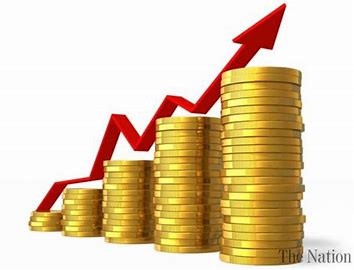Don’t Run From Risk, Embrace It
One of the riskiest things anyone can do is not take risk…You have to take a risk in every aspect of your life if you are to have any success at all. I had an advisor state to me the other day “the market is just too risky.” Come to find out, he has been sitting in short-term bonds and cash for over a year. I thought “wow he took a lot of risk, he risked missing a fantastic run up since Covid.” I have also learned that people will use words like risk to cover up their mistakes and rationalize them.
The HCM-BuyLine® is positive and has been since the second week of April 2020, which was the upturn of the selloff during Covid. Our advice remains the same as always: as long as the HCM-BuyLine® is positive, any pullback should be bought.
The Markit Flash Manufacturing PMI rose 0.5 points to 62.6 in June, a record high since data began in 2007 and above the consensus estimate of 62.1. New order growth remained robust. Output growth slowed slightly due to continued supply constraints and labor shortages. As a result, employment growth eased modestly, while supplier delivery times lengthened to a record.
The Flash Services Business Activity Index dropped 5.6 points to 64.8 in June. Even so, it was the second-highest reading on record, indicating strong expansion. New order growth eased somewhat, but also held near an all-time high, helped by strong export orders (buoyed by easing travel restrictions). Like manufacturing, services firms cited labor shortages, which resulted in slower, albeit strong, employment growth.

Overall input costs eased but remain historically elevated. Manufacturers cited higher raw material and fuel costs, while services firms noted higher wages to attract workers and elevated transportation fees and fuel costs. Output cost growth also eased, but still recorded its second-fastest growth since data began in October 2009.
Leading indicators point to continued fast growth. The Conference Board’s Leading Economic Index (LEI) rose 1.3% in May, its 13th consecutive gain, and in line with the consensus. Seven of its ten components made positive contributions, led by fewer initial jobless claims and stronger ISM new orders. On a six-month basis, the LEI increased 4.9%, and the strength was widespread among individual indicators, consistent with above-trend economic expansion.
The Coincident Economic Index, a measure of current economic activity, rose 0.4%, while the Lagging Index fell 2.2%. As a result, the Co/Lag, an alternative leading index, advanced 2.6%. Based on the composite indexes in this report and their components, the Conference Board expects “rapid economic growth” in the near-term.



